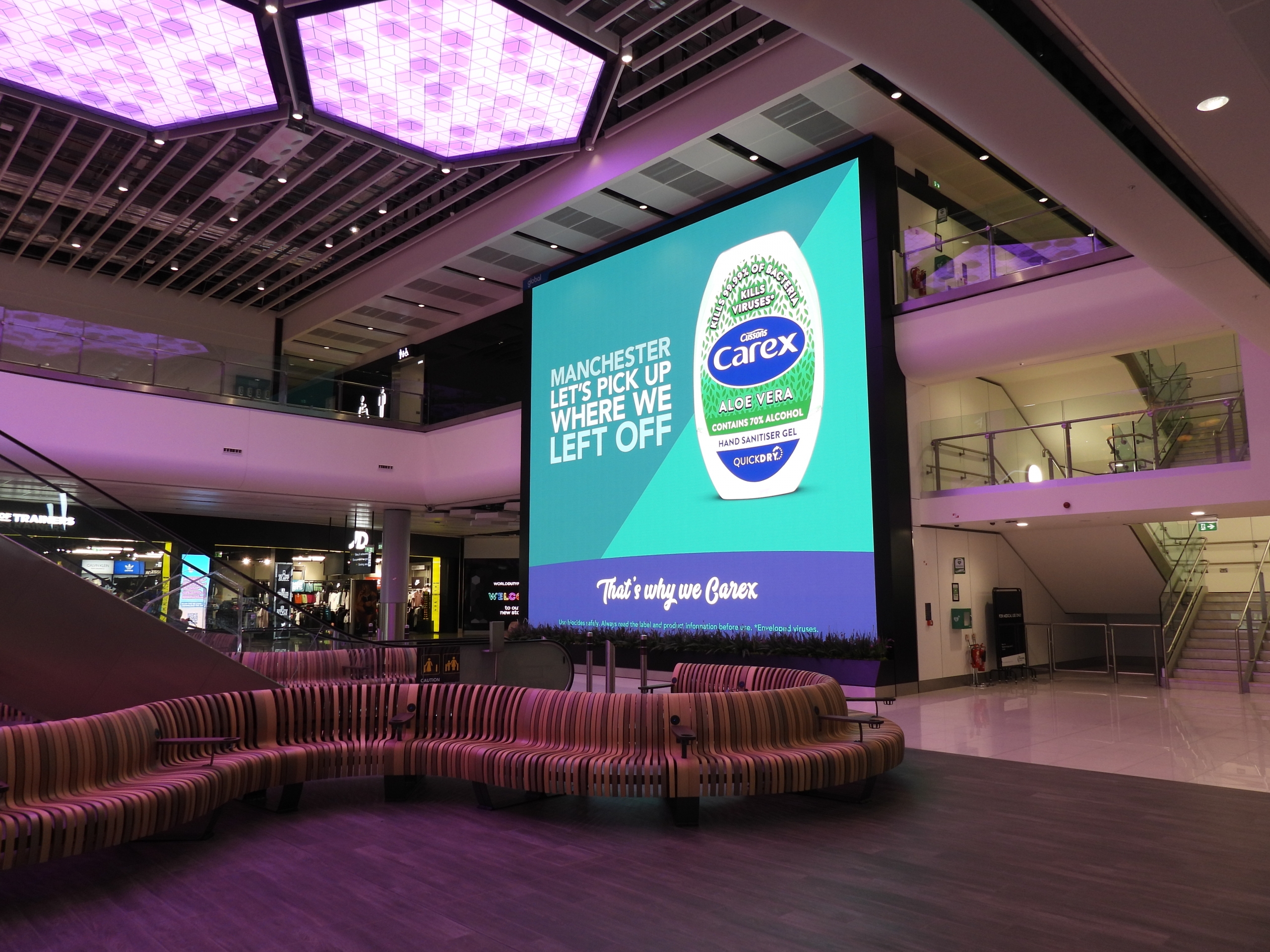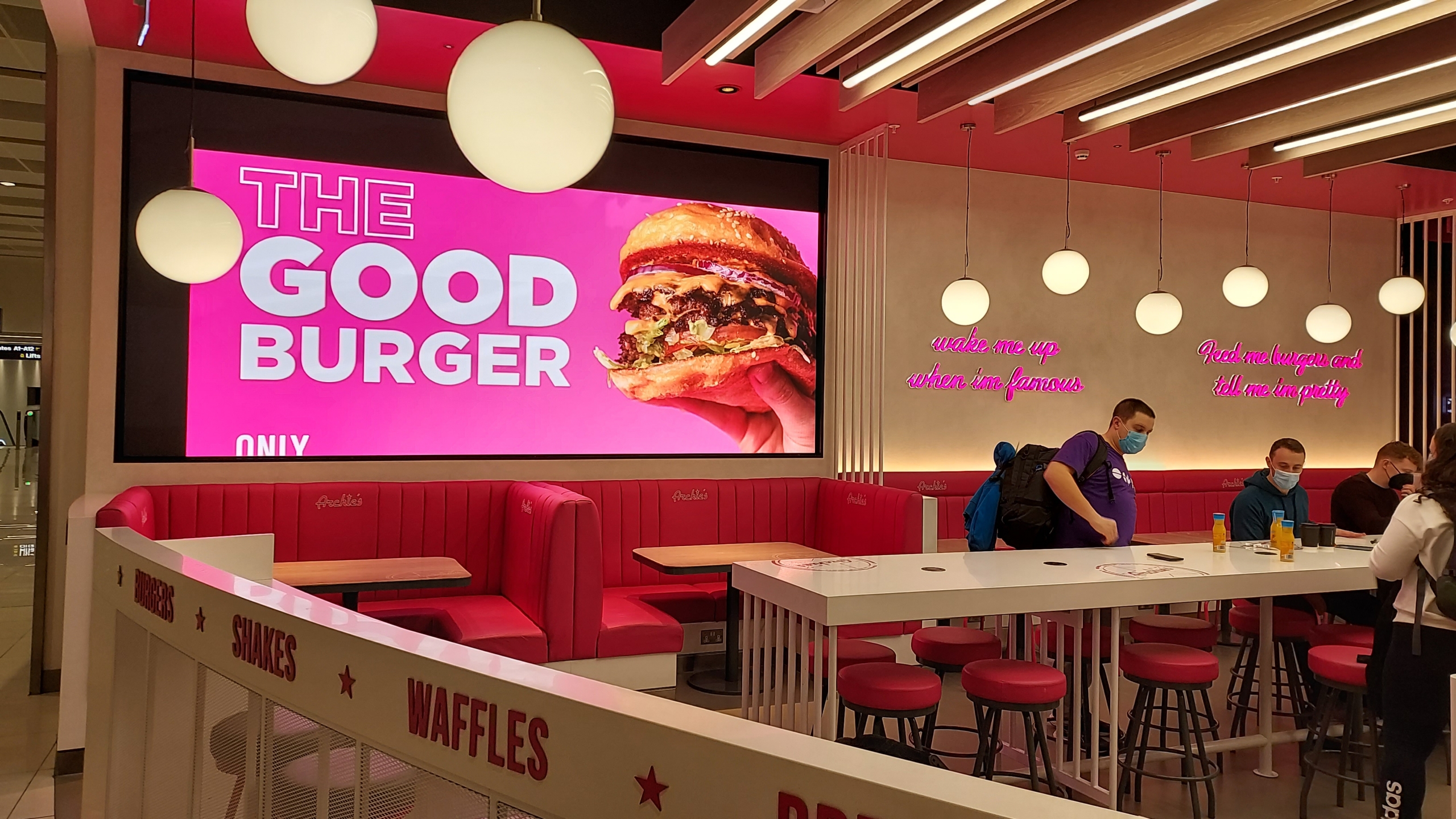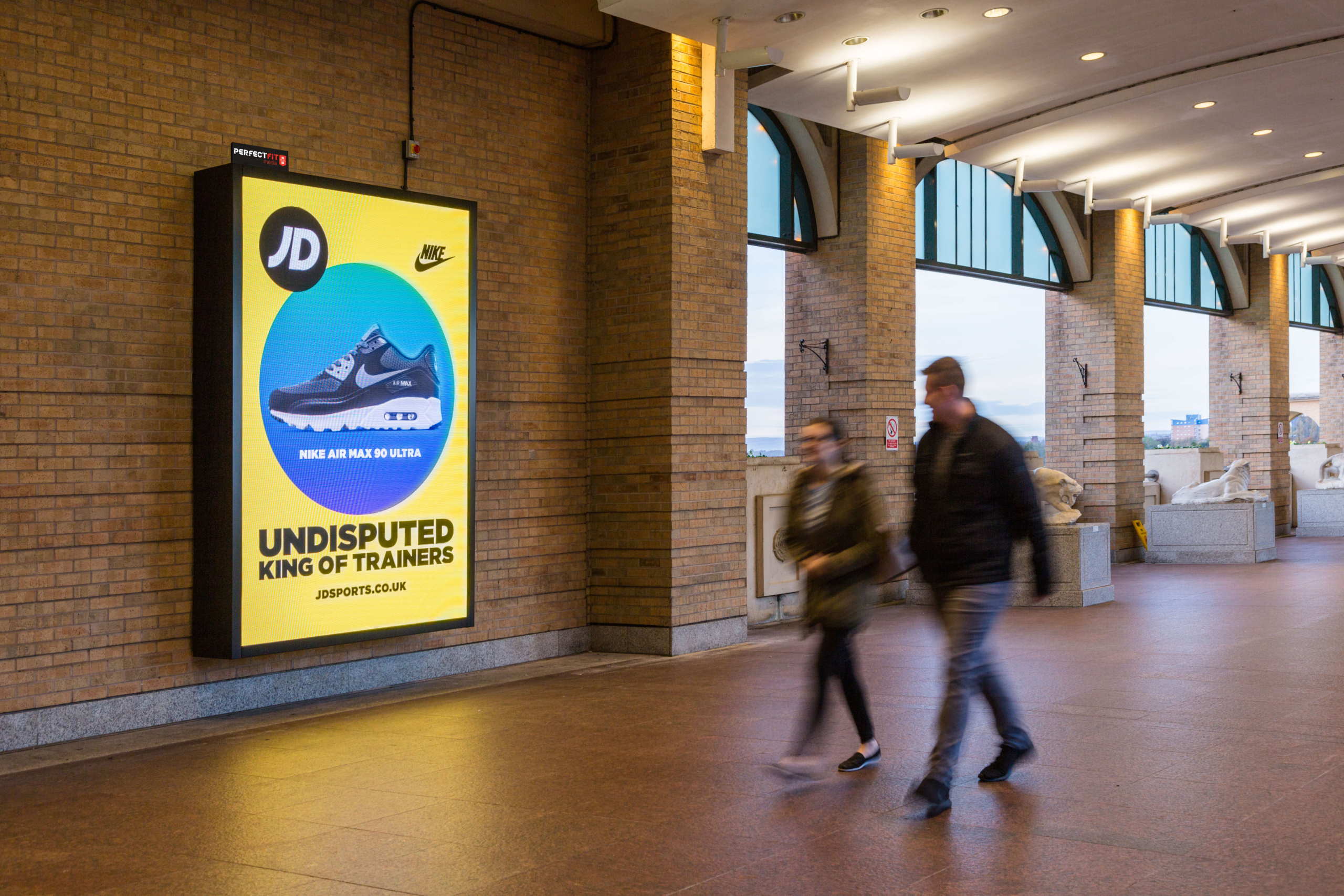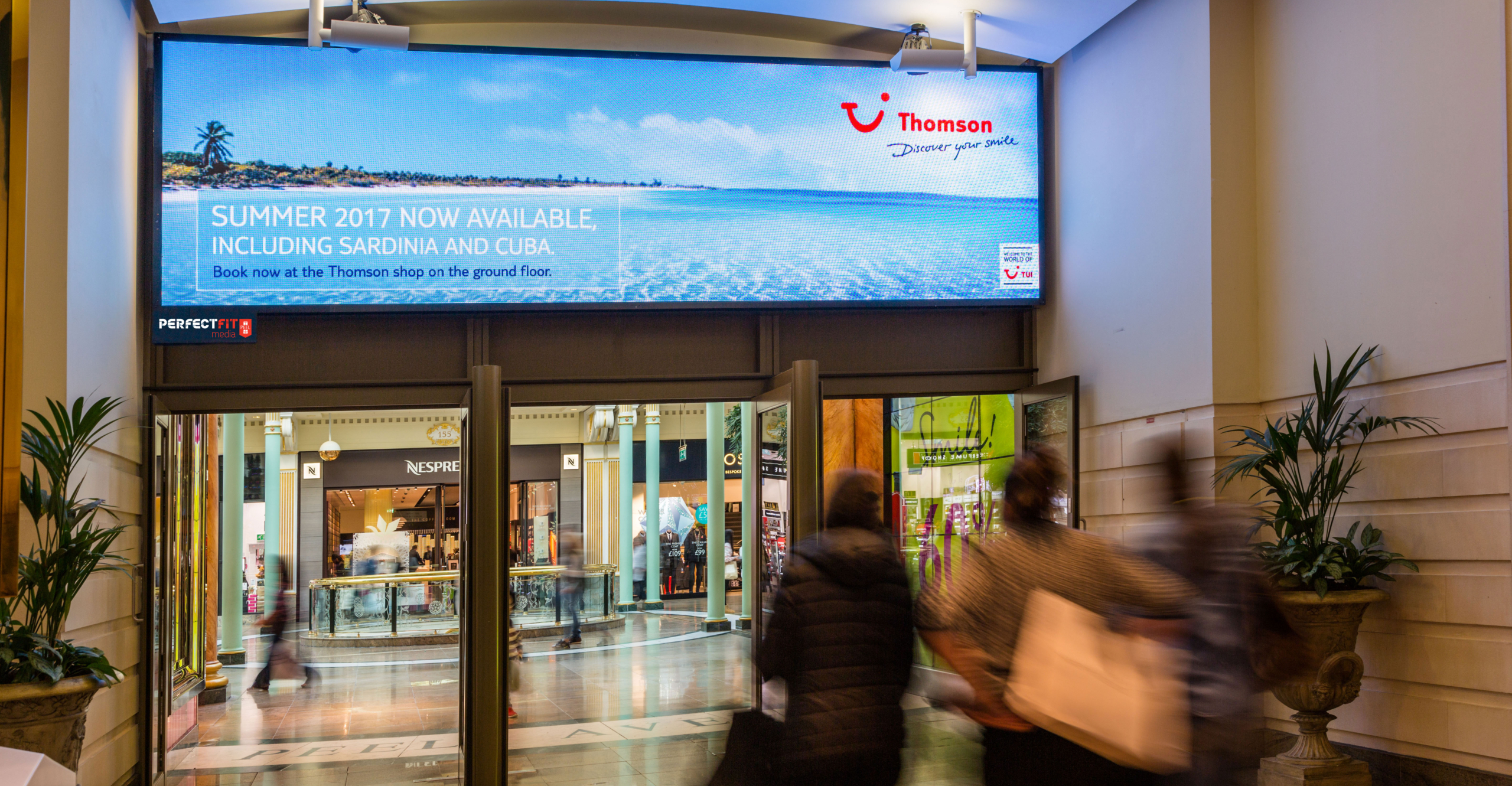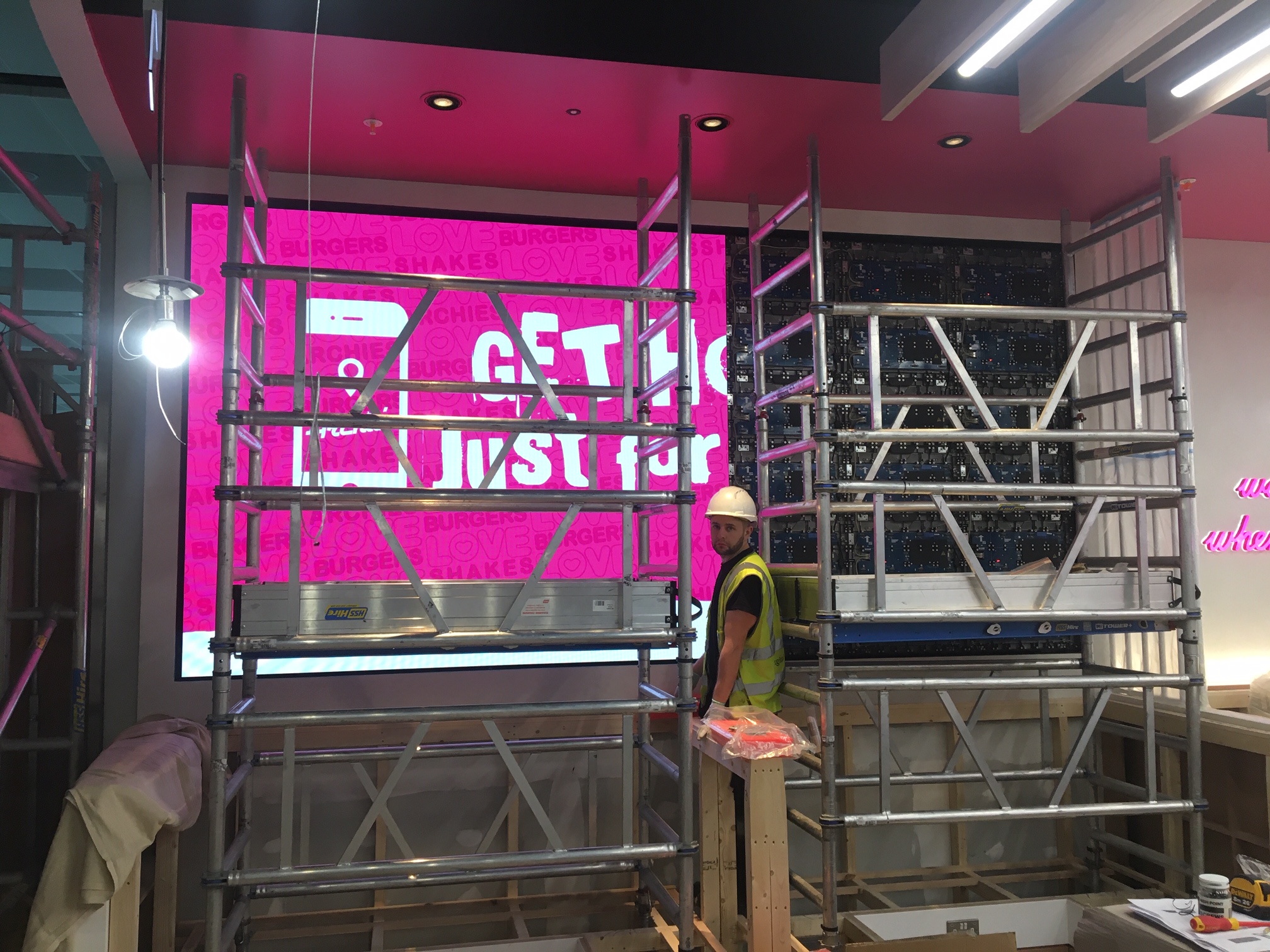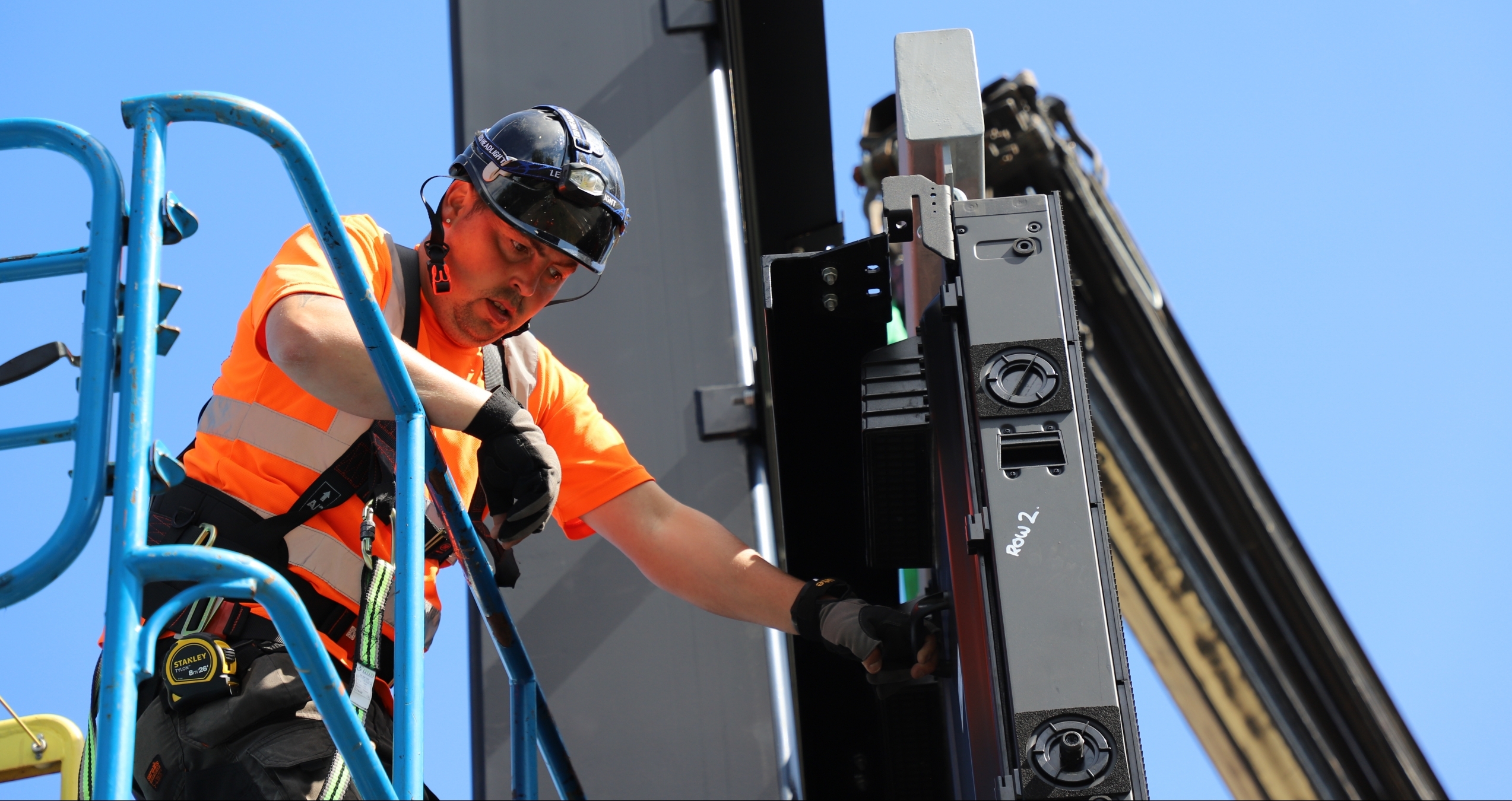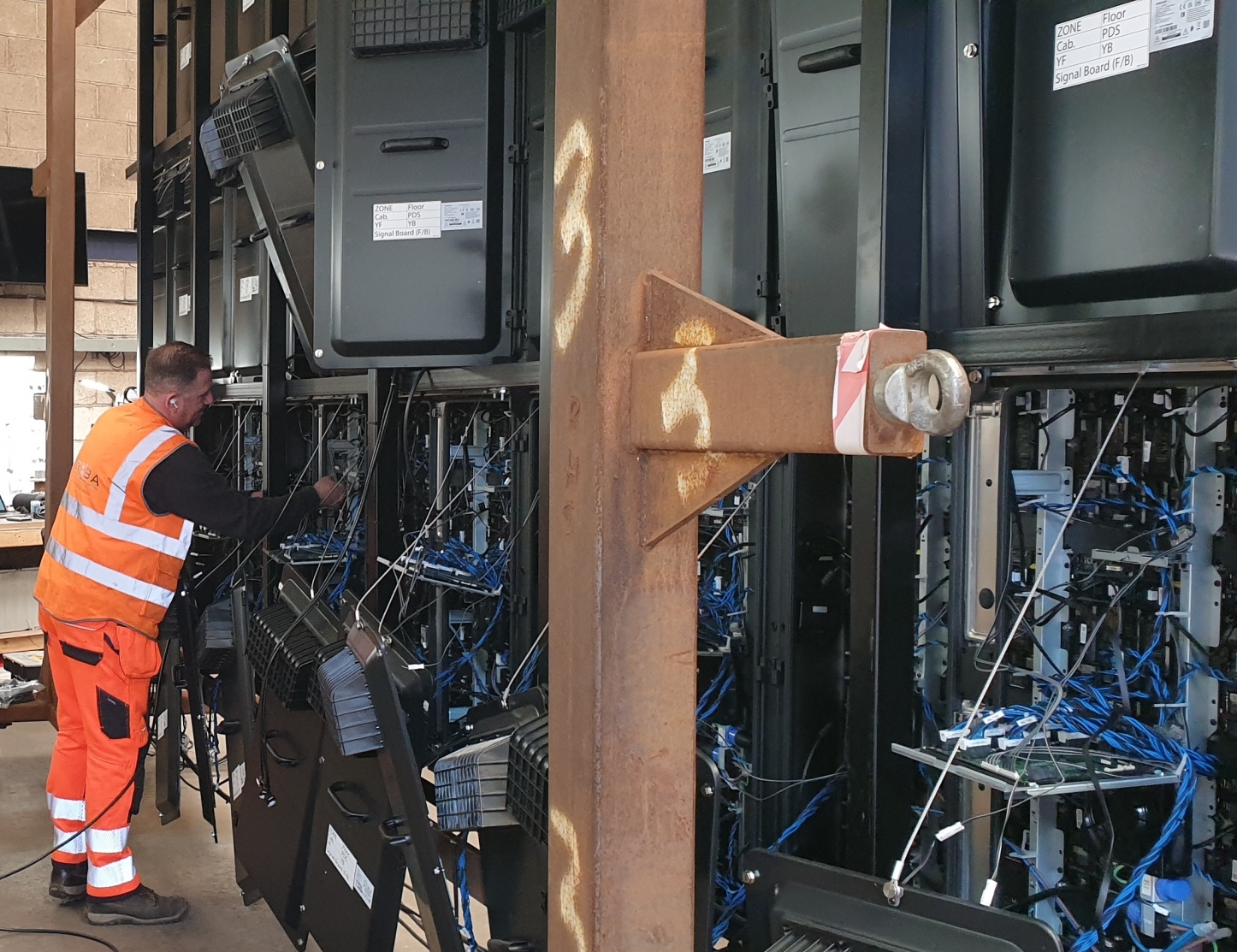What content will you be showing?
As mentioned in the previous point, the content you intend to display can dictate the aspect ratio – and the pixel pitch or resolution you’ll need. In retail, the content is often eye-catching product visuals used to capture the attention of customers. In these instances where larger, less detailed content is being shown, you can often utilise a coarser pixel pitch. However, finer pixel pitches can show more granular detail, so if your content has intricate details, then you may need to invest in a finer pixel pitch to achieve a higher resolution – but this will come at a cost. See the later point about budget restrictions for more on this.
As a retailer, you will likely find it both easier and cheaper to supply content to a screen in a standard 16:9 aspect ratio as, although custom sizes and shapes are eye-catching, the accompanying custom-shaped content can be more expensive to render during the production phase.
Another consideration is how you will supply content to the screen itself. This could be from a media player, a video wall processor, or a desktop PC. This depends on how many feeds you will ingress and how complex the content is, and whether content is hosted locally or from another location. These technical aspects are something your AV integrator can advise you on.
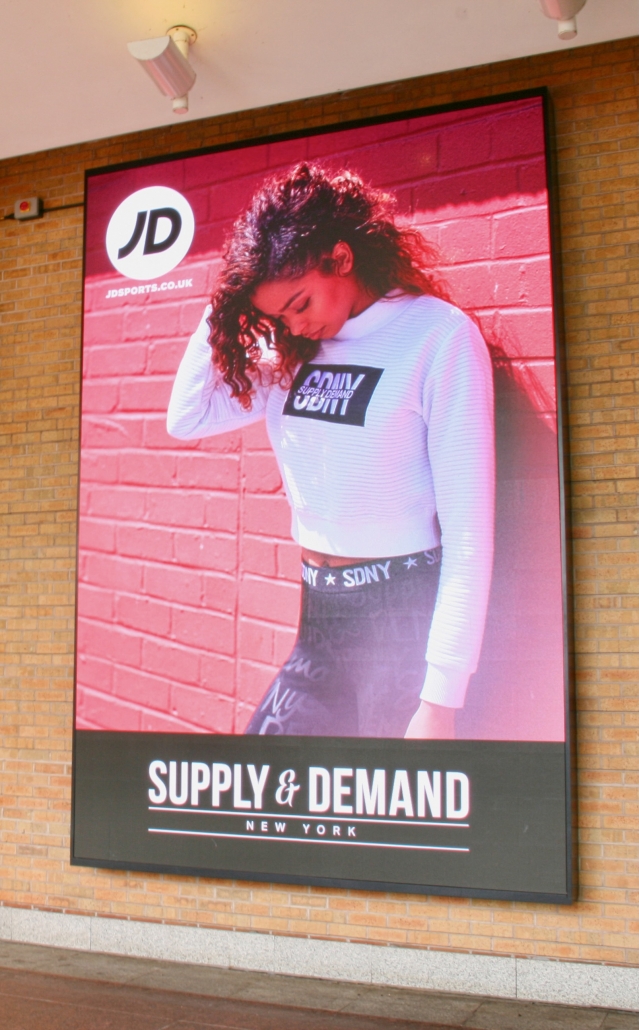
Where is the screen being mounted?
The location of the screen can have a few implications – from the cost of installation to whether the wall is suitable for a video wall. Before you brief an AV integrator you should ideally conduct a location scoping exercise, so that you can supply your AV integrator with general arrangement or utility drawings for your building. This shows them the wall makeup and DNA (for example: whether it’s made of brick or plaster) and helps them see any utilities that may cause issues when it comes to mounting the video wall in your chosen location.
It’s vital that potential complications are picked up early, as they can have an impact on timelines and cost and can also affect how the supporting metalwork for the screen is installed. Although some issues are easily addressed, for example, by bringing in electricians to reroute powerlines, it is better to consider this early on as, the sooner they are identified, the fewer unwanted surprises you will run into.
Another important consideration is the mounting mechanism – once you’ve chosen your location, your AV company can help answer important questions like, will your screen be mounted from the floor, ceiling, or wall? Each option involves metalwork costs, and although off-the-shelf mounts can be adequate for locations with ideal conditions, custom metalwork is usually necessary to ensure the video wall is millimetre perfect, flush to the wall, and seam free. Your AV integrator will carry out an on-site survey with structural design considerations, making sure the design they propose is fit for purpose, can hold the weight of the video wall, and will pose no risk to customers.
What are the installation parameters?
It’s useful to consider the logistics of installation early on. If your store is being closed for refurbishment or is a newbuild, then your AV integrator should be able to work on the project during the normal workday. However, if the screen is being retrofitted into an existing store that needs to remain open, the work may need to be done during the night due to noise and health and safety considerations – unless there are restrictions on work taking place during certain hours of the day in your location. Any information you can gather on this ahead of your briefing session will reduce complications down the line.


